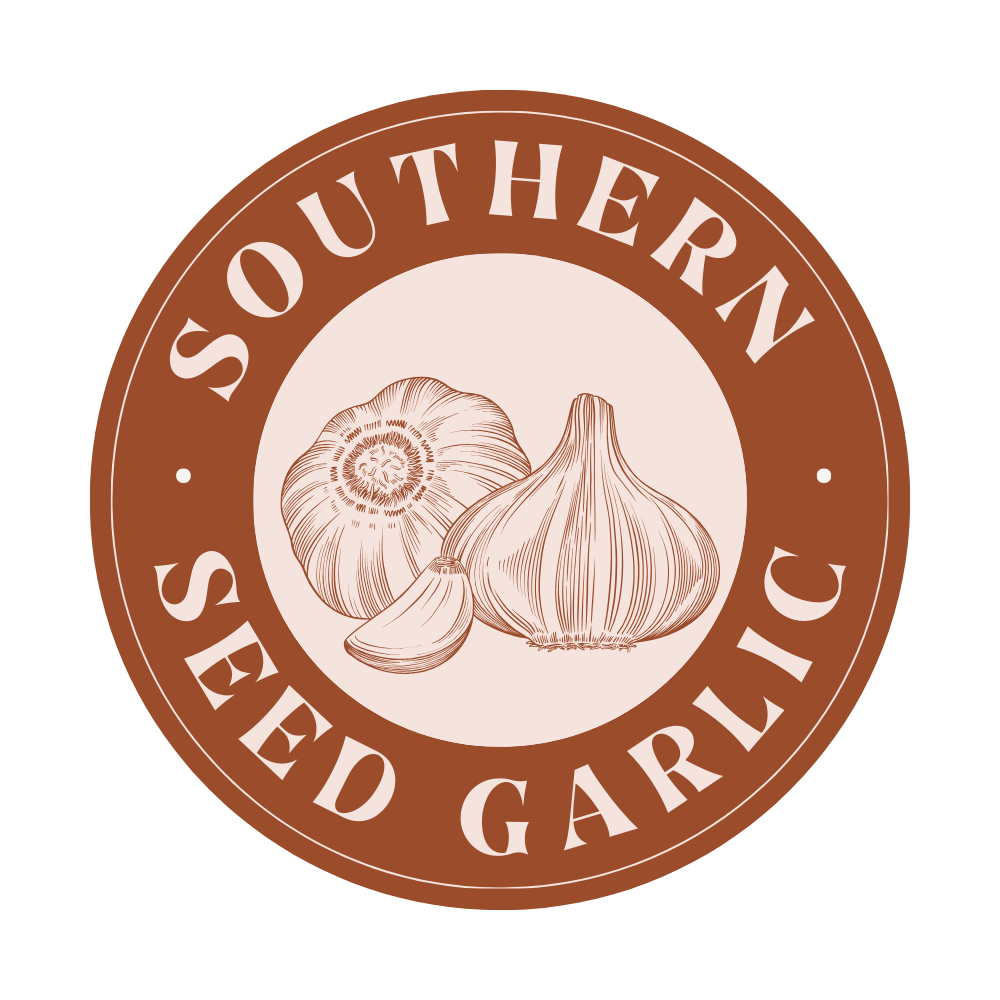Quick Tips for Homemade Garlic Powder
How to Make Garlic Powder
Homemade garlic powder is a labor of love, but the rewards in flavor are more than worth it. There is no going back to store brands once you have tried the real thing. Use homemade garlic powder as a substitute for fresh garlic in recipes, in homemade seasoning blends like garlic sea salt and chili powder, or for any savory dish. We make it by the quart here at our farm. Let me share our quick tips for making the best garlic powder you ever tasted!
Why Homemade Garlic Powder?
To be honest, the first time I made my own garlic powder it was just because I hated to throw out extra cloves leftover from planting one autumn. When you’ve put all that work into growing garlic, it just feels too painful to throw out a bucket of perfectly good garlic cloves. However, as I sat up late into the night peeling each…little…clove, I began to suspect that throwing them out might have been the more satisfactory option. When at last they were peeled and in the dehydrator, I promised myself “never again”. But a few days later, we tried the results on some fried eggs…and homemade garlic powder as been considered a necessary staple in our kitchen ever since. Why make homemade garlic powder? Quite simply, because it is just that good. Once you’ve tried it, there is no going back. The good news is, that after several years of making LOTS of garlic powder, I’ve got some great time-saving tips for you so you won’t have to be up so late at night with your first batch!
Be warned it takes a LOT of garlic to make a small amount of powder! One pound of peeled cloves yields about 1/3 pound of powder. If you have a lot of garlic to use, however, the results are worth the effort.
Best Methods for Peeling Garlic
The most labor-intensive part of garlic powder is peeling the cloves. I have tried a lot of different methods including shaking them vigorously in a container, rolling them in silicone tubes, and hot water baths. The most effective method for me has been hot water baths. Since the cloves are about to go into a dehydrator or oven anyway, it will not hurt them to get wet. (This method should not be used for other preservation methods such as garlic honey which require the cloves to be well-dried to avoid mold potential.)
For the hot water bath, fill a large pot with hot tap water. Alternately the water can be heated on the stove, but it should not be heated to the simmering point. If the water is too hot it will blanche the cloves and make them unsuitable for dehydration (yes, I’ve done it…).
Place your cloves in the hot water and let them soak for a couple minutes. Remove the cloves one at a time, slice off the root (flat) end of the clove, and the skin should slip off in one motion. It will not hurt the cloves to soak an hour or two, if needed, and there is no need to reheat the water as it cools. If you do not get all your cloves peeled in one setting, simply drain and place the soaked cloves in refrigeration until you are ready to finish. Peeled cloves should also be refrigerated if it will be more than a couple hours before they are ready for dehydration.
I wear disposable gloves for the peeling process to avoid skin irritation. Good ventilation helps too. Garlic is not as irritating to my sinuses as onions, but prolonged inhalation can be a little overpowering.
Making the Powder
Place the peeled cloves in a food processor or blender. Process for 3-5 minutes or until a fine puree.
Spread puree onto dehydrator trays covered with parchment paper and place in dehydrator at lowest setting for 6-12 hours.
Alternately, puree can be placed on cookie sheets covered with parchment paper and dried in the oven at its lowest setting. I prefer the lower temperatures available with a dehydrator for a more “raw” product, but an oven does work if a dehydrator is not available.
Garlic is ready when the puree is completely dry and brittle with no soft spots or spongy pieces. Avoid over-drying.
To make the powder, grind the dehydrated garlic in a coffee grinder, blender or food processor. Our smoothie maker gives us the best texture. Sift the powder through a fine-mesh sieve to remove chunks. Re-process the leftover chunks again until it all reaches the desired consistency. It can take multiple processes.
Store the powder in an airtight container out of direct sunlight. A homemade desiccant package can be made by folding up a teaspoon of white rice in a small coffee filter and stapling it closed. These help keep the garlic from caking for long-term storage.
Enjoy!
Homemade garlic powder is a great starting place for lots of different seasonings. We now make our own chili powders, taco seasonings, garlic salt and more using our garlic powder and other dried herbs from the garden. Let us know what creative ways you find to use it, and thanks for visiting!
We’ve shipped garlic all over America
We’d love to add you to our garlic growers map!




